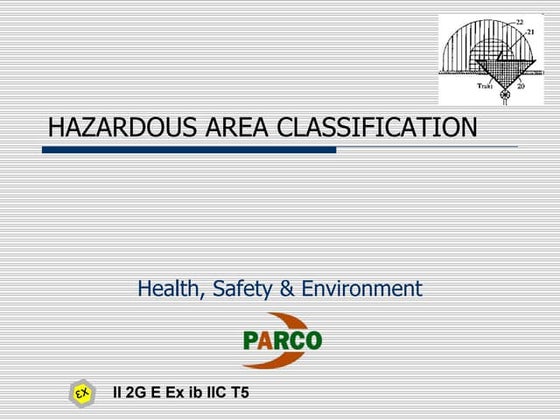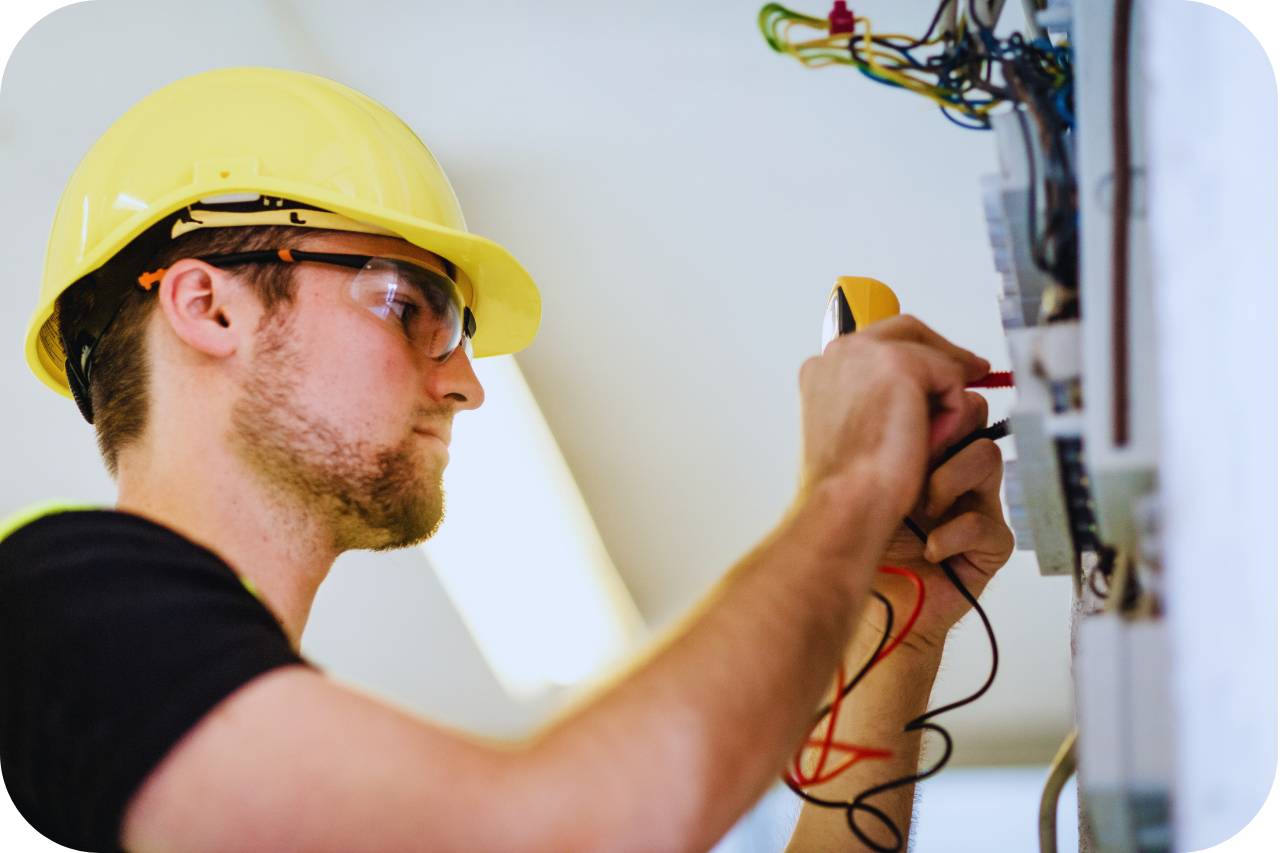5 Simple Techniques For Roar Solutions
Wiki Article
Roar Solutions for Dummies
Table of ContentsRoar Solutions Fundamentals ExplainedGet This Report on Roar SolutionsMore About Roar Solutions
In such an ambience a fire or surge is feasible when three fundamental problems are fulfilled. This is usually described as the "dangerous area" or "combustion" triangular. In order to protect installments from a possible surge a technique of evaluating and categorizing a possibly dangerous location is called for. The purpose of this is to ensure the correct option and setup of devices to eventually stop an explosion and to make certain safety of life.
(https://telegra.ph/Roar-Training-Solutions-and-EEHA-Courses-Your-Gateway-to-Emergency-Care-Expertise-12-02)
No tools needs to be installed where the surface temperature level of the tools is more than the ignition temperature of the given risk. Below are some common dirt harmful and their minimum ignition temperature level. Coal Dirt 380C 225C Polythene 420C (thaws) Methyl Cellulose 420C 320C Starch 460C 435C Flour 490C 340C Sugar 490C 460C Grain Dust 510C 300C Phenolic Material 530C > 450C Aluminium 590C > 450C PVC 700C > 450C Soot 810C 570C The possibility of the danger existing in a concentration high adequate to trigger an ignition will certainly differ from area to area.
In order to classify this threat an installment is divided into areas of risk depending upon the quantity of time the hazardous exists. These locations are referred to as Zones. For gases and vapours and dusts and fibers there are three areas. Area 0 Area 20 A hazardous atmosphere is extremely likely to be existing and may exist for extended periods of time (> 1000 hours per year) and even constantly Area 1 Zone 21 A harmful ambience is possible however unlikely to be present for extended periods of time (> 10 450 C [842 F] A classification of T6 implies the minimal ignition temperature is > 85 C [185 F] Hazardous area electric devices perhaps made for usage in higher ambient temperature levels. This would certainly suggested on the ranking plate e.g. EExe II C T3 Ta + 60C( This suggests at 60C ambient T3 will certainly not be exceeded) T1 T1, T2, T3, T4, T5, T6 T2 T2, T3, T4, T5, T6 T3 T3, T4, T5, T6 T4 T4, T5, T6 T5 T5, T6 T6 T6 A T Class score of T1 implies the optimum surface area temperature level generated by the instrument at 40 C is 450 C. Assuming the connected T Course and Temperature ranking for the equipment are ideal for the location, you can always make use of an instrument with a much more stringent Department rating than needed for the location. There isn't a clear solution to this inquiry regrettably. It really does depend upon the kind of tools and what fixings need to be accomplished. Equipment with specific examination treatments that can not be carried out in the area in order to achieve/maintain 3rd party score. Need to return to the factory if it is prior to the tools's service. Area Fixing By Authorised Worker: Complicated screening might not be required however certain treatments may require to be followed in order for the devices to keep its 3rd event ranking. Authorized employees have to be used to perform the job properly Repair have to be a like for like replacement. New part must be taken into consideration as a direct substitute calling for no special screening of the tools after the fixing is full. Each tool with a hazardous score ought to be assessed independently. These are detailed at a high level listed below, but also for more detailed information, please refer straight to the guidelines.
Examine This Report about Roar Solutions
The equipment register is a thorough database of equipment documents that consists of a minimum set of areas to determine each thing's place, technical parameters, Ex lover classification, age, and ecological data. The ratio of Comprehensive to Shut examinations will be determined by the Equipment Risk, which is examined based on ignition danger (the probability of a source of ignition versus the possibility of a flammable ambience )and the hazardous area category( Zone 0, 1, or 2). Implementing a robust Risk-Based Evaluation( RBI )strategy is crucial for making sure conformity and security in handling Electrical Equipment in Hazardous Locations( EEHA).
Everything about Roar Solutions

In regards to explosive threat, a hazardous area is an environment in which an explosive ambience exists (or might be expected to be existing) in amounts that require special preventative measures for the building and construction, setup and use tools. eeha. In this article we discover the obstacles faced in the work environment, the threat control steps, and the needed competencies to function safely
It issues of contemporary life that we my sources manufacture, keep or take care of a series of gases or fluids that are deemed combustible, and a series of dirts that are regarded flammable. These materials can, in specific problems, create explosive environments and these can have major and awful repercussions. A lot of us recognize with the fire triangular get rid of any among the 3 aspects and the fire can not take place, however what does this mean in the context of unsafe areas? When breaking this down right into its simplest terms it is basically: a mix of a certain amount of release or leak of a particular substance or material, combining with ambient oxygen, and the visibility of a source of ignition.
In most instances, we can do little about the degrees of oxygen in the air, but we can have considerable influence on sources of ignition, as an example electrical devices. Dangerous locations are recorded on the dangerous location category drawing and are determined on-site by the triangular "EX-SPOUSE" indication. Below, amongst other vital information, areas are divided into three kinds depending upon the danger, the probability and period that an eruptive ambience will exist; Zone 0 or 20 is deemed one of the most harmful and Zone 2 or 22 is regarded the least.
Report this wiki page